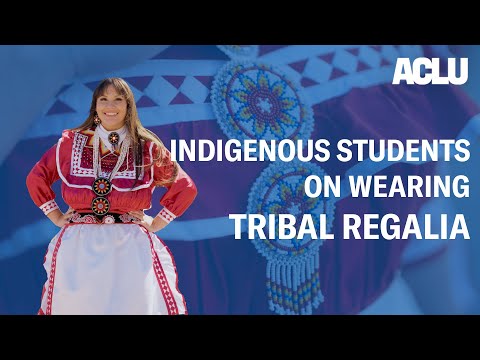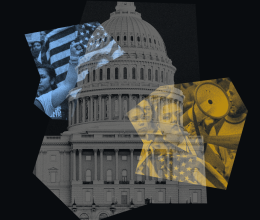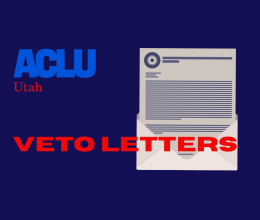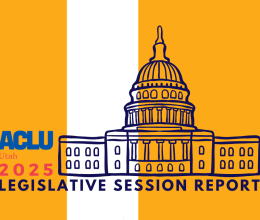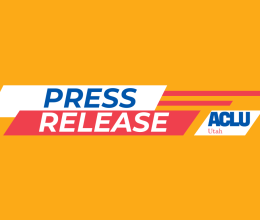
Published: April 27, 2023
Graduation from high school is a pivotal, once-in-a-lifetime achievement. Many Indigenous students cannot fully celebrate this achievement, from both a spiritual and cultural perspective, unless they are permitted to wear their ceremonial tribal regalia (for example, an eagle feather or beadwork on their graduation cap) during the event. Some schools have prohibited Indigenous students from wearing these items at graduation, claiming that it would violate the school’s dress code and speculating, without any basis, that it would disrupt the ceremony. However, there are various state and federal laws that protect public school students’ rights to wear tribal regalia during commencement.
Disclaimer
None of the information herein is intended as legal advice. We try to maintain our "Know Your Rights" materials to keep current. However, please be mindful of the publish date as the information described herein may not reflect recent legislation or case law that could impact your rights.
Indigenous Students on Why Wearing Their Tribal Regalia at Graduation is Important
Whether an eagle feather or plume, beadwork, sealskin cap, moccasins, or other forms of traditional dress, tribal regalia plays a unique role, spiritually and culturally, for graduating Indigenous students. Policies that strip Indigenous students of their cultural and religious heritage in the name of assimilation only compound the violence and oppression that these students and their communities have suffered. As a result, Indigenous students face disproportionate outcomes across a range of educational statistics, including higher rates of exclusionary discipline and lower graduation rates. Due to the history of abuse of Indigenous students in schools, the government has a special obligation to address ongoing deprivations of Indigenous students’ educational and expressive rights.
